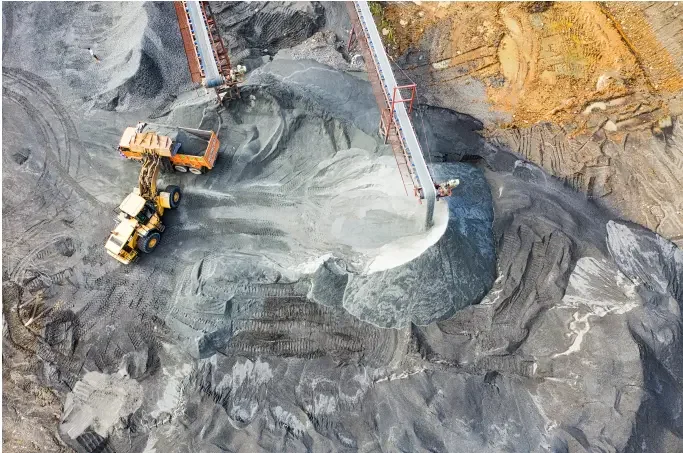5 Jun 2024
Rescheduling: Prioritising Arms over Development on the European Parliament’s Agenda
European Parliament (EP) elections have historically garnered less interest from European voters,* as domestic issues have typically dominated their concerns. Consequently, topics such as defence and security have seldom been central to European election campaigns. However, this situation has changed dramatically in recent sessions. The influx of refugees arriving on European shores and the ominous threat of war looming over the continent have shifted the focus. As a result, Europe now finds itself precariously close to a crisis that threatens to undermine the development and reconstruction efforts of the past seventy years.
Therefore, regional issues began to be politicised and exploited in European Parliament elections as security and defence issues became more urgent. Parties shifted away from discussing the Union's broader policies, focusing instead on these pressing issues, which started to play a significant role in shaping voter preferences. Consequently, these topics became more influential in determining electoral outcomes at various local government levels, ultimately impacting decisions at the level of the European Union (EU).
This analysis examines the positions and attitudes of the main groups within the European Parliament on crucial defence issues facing the EU and how these positions are reflected in the political formulation of their policies.
15 Feb 2023
Rare Earth Elements: Uses and Implications of New Discoveries
Rare earth elements (REEs) are a group of 17 elements that are crucial for the production of a wide range of high-tech products. Ironically, REEs are not “rare” and are found abundantly throughout the world, however, when found they are in such low concentrations that extraction is not feasible. Furthermore, when found in higher concentrations they must be separated from other elements, a process that is both environmentally and financially costly.
REEs are vital for several industries and are used in electronics, military technology, and most importantly, renewable energy. Although substitutes exist for REEs with producers attempting to replace them, REEs continue to be more effective, therefore, given their importance in the production of renewable technologies such as wind turbines and electric vehicles, demand is expected to increase, with the European Union (EU) alone expecting REEs needs to increase fivefold as it and the rest of the world transitions to net-zero.
Currently, China dominates the global REEs market, accounting for over 35% of the world’s REEs reserves and 70% of production. China's domination of the REEs market has raised concerns over supply chain security, dependence on China, and China’s use of REEs as a political bargaining piece; such as when it cut exports to Japan following the arrest of a Chinese sailor by Japan. Recently, discoveries of REE deposits in Norway and Sweden have made headlines. The discoveries could have the potential to disrupt the market and have far-reaching implications.

